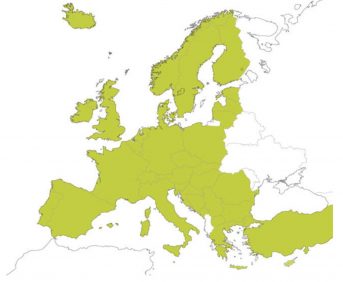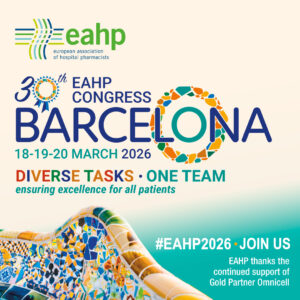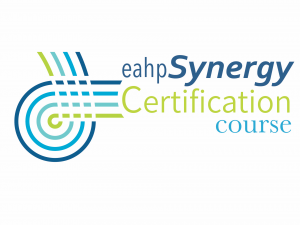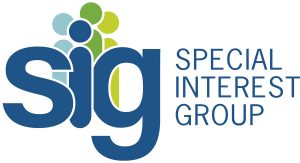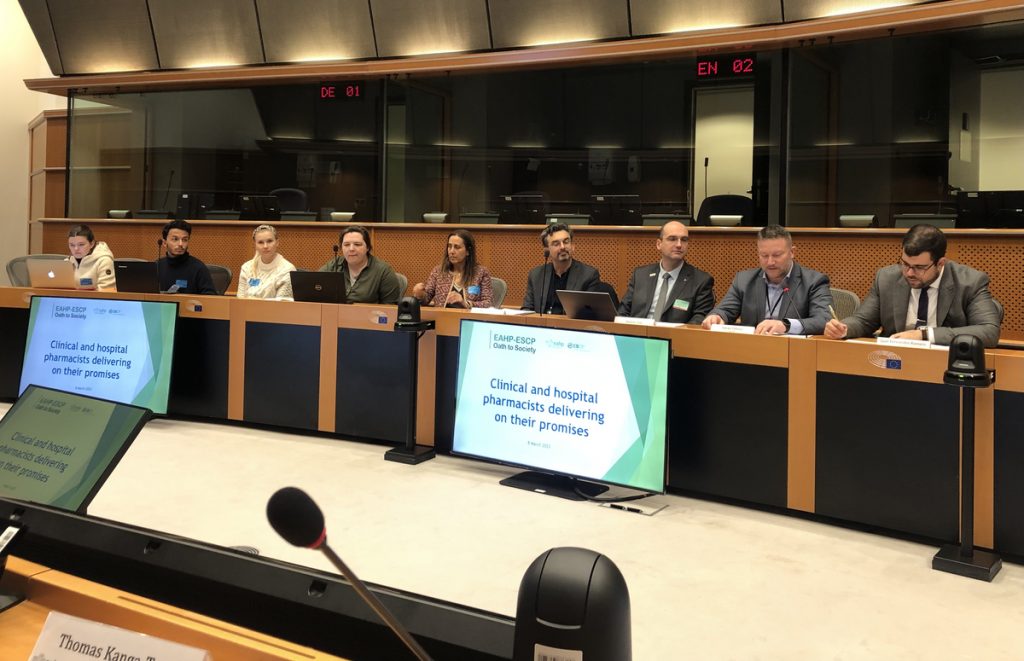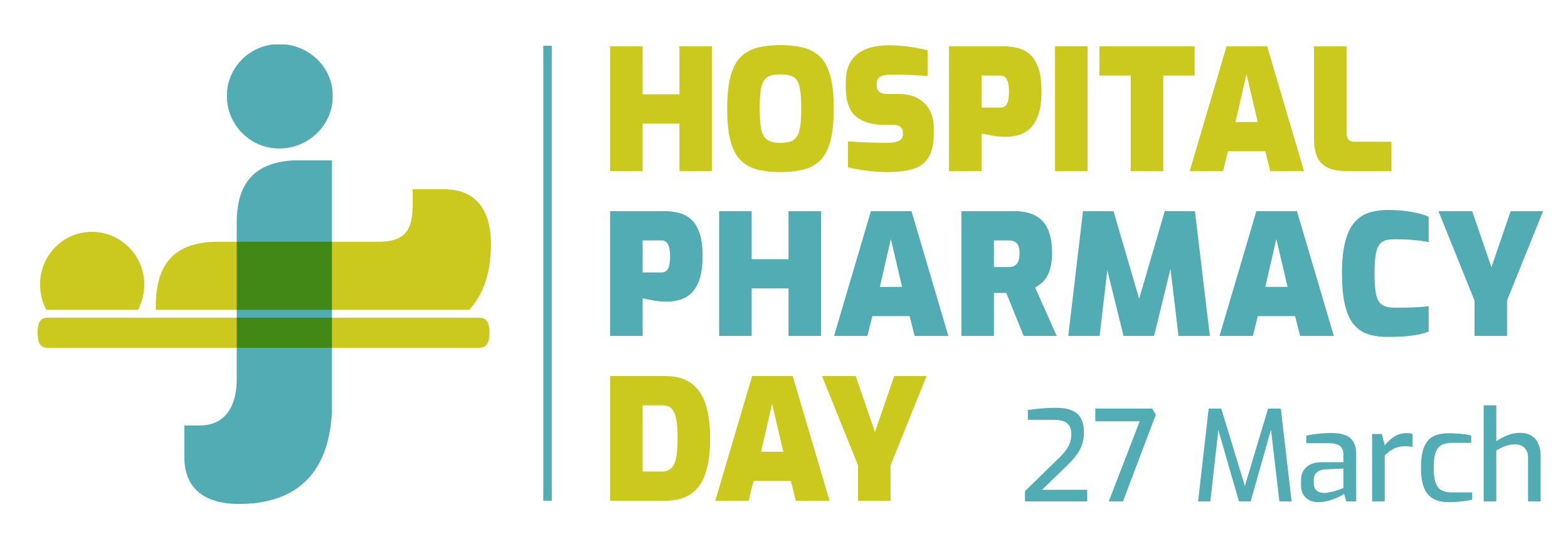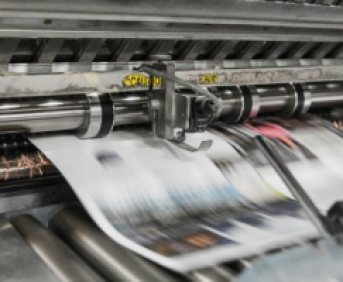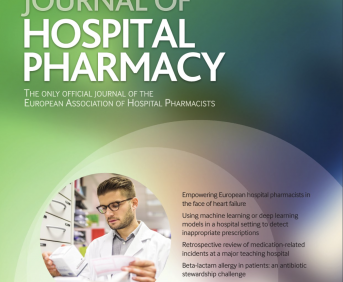A QUALITY IMPROVEMENT PROJECT ON HEPARIN INFUSION SAFETY IN AN ACUTE TEACHING HOSPITAL (submitted in 2019)
Pdf

European Statement
Patient Safety and Quality Assurance
Author(s)
Anthony Hackett, Alice Oborne, Emma Ritchie, Caroline Broadbent, Rebecca Chanda, Karen Breen
Why was it done?
Anticoagulants such as UFH are recognised as high risk drugs. UFH requires frequent monitoring of the activated partial thromboplastic time ratio (APTTr), ensuring therapeutic anticoagulation and minimising adverse effects. UFH infusions and the APTTr were recorded using a paper based system. Incident reporting identified by the paper system resulted in inappropriate monitoring and management of UFH infusions, and dose omissions which could have resulted in harm.
What was done?
A Trust-wide electronic prescribing and medicines administration (EPMA) system was implemented in 2015. Complex infusions, e.g. unfractionated heparin (UFH) infusions, remained on paper due to EPMA functionality limitations. The complex infusion function was added into later EPMA upgrades. A multidisciplinary team (MDT) involving nursing, medical and pharmacy staff working within anticoagulation, EPMA and medication safety sought to design UFH infusions in EPMA.
How was it done?
Baseline audit (Paper-March 2016): Patients prescribed UFH infusions (n=14) were identified using SharePoint (e-reporting) by searching for the UFH infusion placeholder. Performance was measured against eight audit standards.
Re-audit (EPMA-March 2019): Patients prescribed UFH infusions (n=26) were identified using SharePoint by searching for those prescribed a UFH infusion on EPMA. Performance was measured against the same eight audit standards.
Chi square applied to results to test for statistical significance.
Incident rate per prescription: The Datix system was searched to identify heparin incidents reported during the data collection periods.
What has been achieved?
Audit standard 2016 audit v 2019 audit
1-Baseline APTTr checked before starting infusion 93% v 100%, p=0.1
2-Received correct loading dose of heparin based on APTTr 79% v 96%, p=0.07
3-APTTr checked 6 hours after infusion started 72% v 100%, p<0.05
4-APTTr checked 6 hours after infusion titrations 86% v 96%, p=0.2
5-APTTr in target range within 24 hours 50% v 70%, p=0.2
6-APTTr checked 24 hourly after 2 consecutive APTTr’s in range 100% v 100%=no change
7-Patient receives a medical review 24 hrly 65% v 100%, p<0.05
8-Heparin syringe and giving set changed 24 hrly 65% v 100%, p<0.05
UFH related incidents reduced from one incident per 1.6 infusions, to one incident per 6.5 infusions following the implementation of an EPMA system.
UFH incidents as a proportion of all anticoagulant incidents reduced from 43% (March-2016) to 20% (March-2019).
What next?
Electronic solution’s for high-risk, complex infusions such as heparin prescribing and monitoring improved care, quality and safety. Further high-risk infusions such as insulin are being developed



